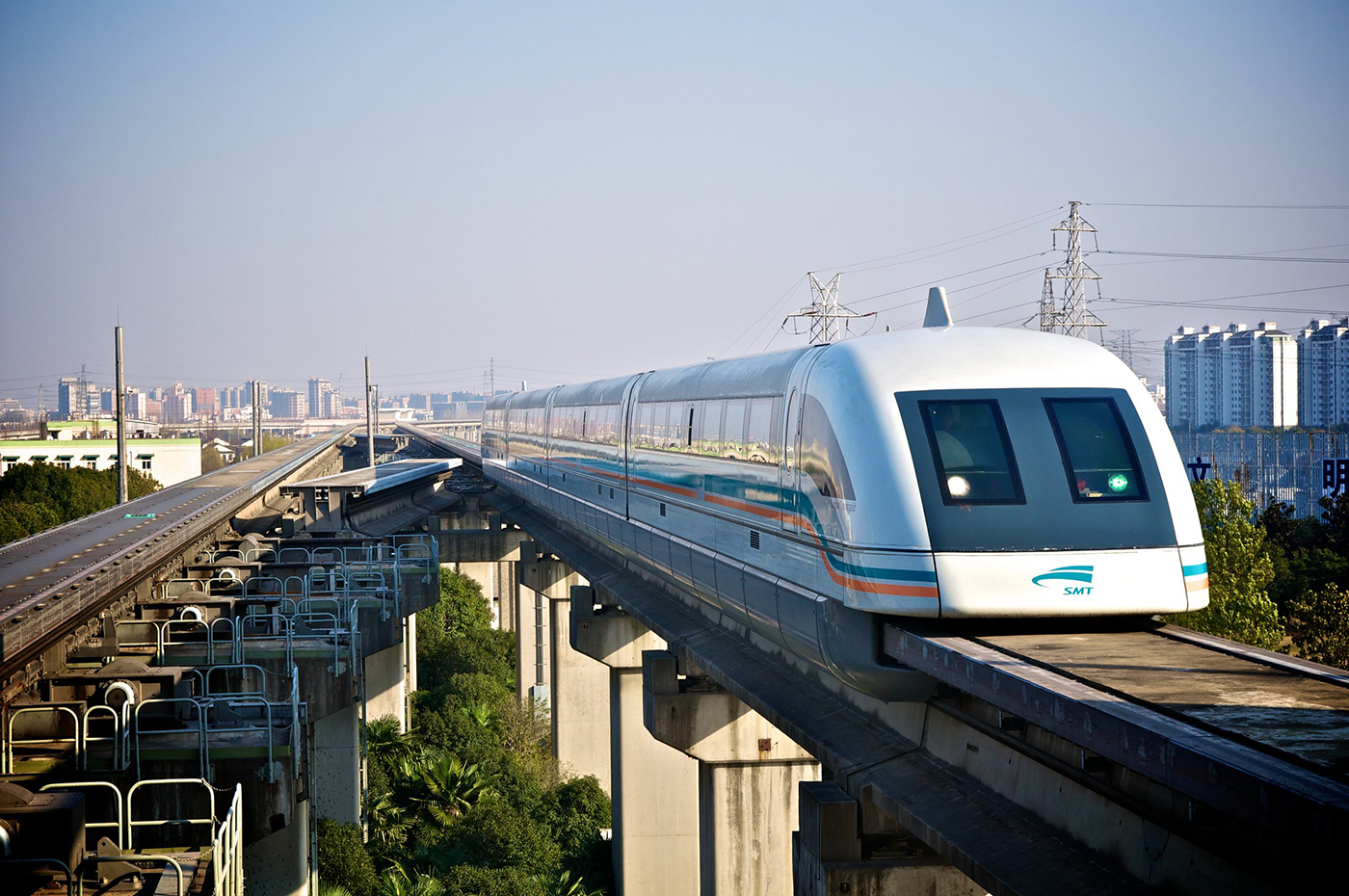
The Future of Transport is Here
May 2, 2019 — The Big Picture
The original article was published in the World Bank group Transport for Development blog.
Technology is transforming transport with a speed and scale that are hard to comprehend. The transport systems of tomorrow will be connected, data-driven, shared, on-demand, electric, and highly automated. Ideas are moving swiftly from conception, research and design, tested to early adoption, and, finally, mass acceptance. And according to projections, the pace of innovation is only going to accelerate.
Autonomous cars are expected to comprise about 25 percent of the global market by 2040. Flying taxis are already tested in Dubai. Cargo drones will become more economical than motorcycle delivery by 2020. Three Hyperloop systems are expected by 2021. Maglev trains are already operating in Japan, South Korea, and China, and being constructed or planned in Europe, Asia, Australia, and the USA. Blockchain technology has already been used to streamline the procedures for shipping exports, reducing the processing and handling times for key documents, increasing efficiency and reliability.
Why the sudden wave of innovation?
Several factors are contributing to this tidal wave of disruption and innovation:
- Hyper digital connectivity: advances from 3G to 4G, and now 5G technologies, free internet initiatives, and expansion of internet access even in remote areas
- The rise of the shared economy (ride-sharing), electrification, and automation
- Sophisticated data collection, advanced analytics, machine learning, artificial intelligence, and the Internet of Things
- Increasing pressure to reduce the carbon footprint of transport in the face of climate change
- Socioeconomic and geographic trends, including rising wages, increasing urbanization and congestion, as well as an aging population.
- An enabling industrial environment: tech companies’ ability to access significant capital, knowledge, and technology creates the right conditions for innovation.
How quickly these technologies spread will depend on a number of variables: How long will it take before these innovations become not just technically feasible but also safe and scalable for mass adoption? How fast will consumers and regulators accept and adapt to these changes? But in any case, it is pretty safe to assume that change will occur faster that we expect it to.
Disruptive technology: Good or bad news?
In the best-case scenario, there will be very little incentive for people to own a car, as vehicle ownership will take a back seat to Mobility as a Service (MaaS). Ride-hailing vehicles will more frequently be shared by multiple passengers at the same time, leading to the emergence of semi-public transport systems. Congestion will be relieved: MIT estimates autonomous vehicles could reduce the demand for private vehicles by 80 percent. Energy demand and GHG emissions could be greatly reduced depending on the rate of adoption of autonomous and electric vehicles. Door-to-door commuting times will be shortened drastically, as new high-efficiency modes come into play.
In the shipping and logistics sector, technology will cut red tape and dramatically reduce the administrative cost of clearing shipments from the producer all the way to the final importer – which today makes up about 20 percent of the total cost of moving a container.
However, these disruptive technologies could also exacerbate existing transport and land use problems, and create new challenges:
- By removing some of the key constraints of commuting, new transport solutions will lessen the appeal of building compact cities where people live close to jobs and services, instead paving the way for more and more urban sprawl.
- The rise of shared and autonomous vehicles also means parking and speeding tickets might someday become a thing of the past—which may not be bad news in itself, but will deprive governments of two significant revenue sources.
- Land use patterns will change drastically as removing the disincentives to travel will spur more sprawl and city growth in the suburbs. Governments in turn will need to build more intelligent transport infrastructure to respond to the new connectivity needs of its citizens. At the same time governments and cities will need to seek new revenues, as it replaces traditional income sources such as parking, speeding ticket revenues.
- Safety of the new technology e.g. autonomous vehicles will be a continued concern;
- Like any other digitally-enabled technology, smart and connected transport systems are vulnerable to cyberattacks and privacy breaches.
- Innovation will transform many industries and labor markets. To avoid adverse impacts, it is essential for countries to plan ahead and develop the right skills for their workforce.
How should we respond?
This new era of disruptive technology will require drastic changes in regulation, and, more importantly, will require that regulation be more responsive to quickly changing environments.
Some of the ways we should respond are increasingly clear:
- Be careful about spending large sums of money on “stranded assets” that could become prematurely outdated.
- Incorporate low-hanging fruit technologies into World Bank projects (apps, open-source platforms, drones, intelligent transport systems).
- Encourage countries to train their people on the technologies of the future; in that respect, education in Science, Technology, Engineering, and Mathematics (STEM) is going to be more critical than ever.
- Prepare the regulatory framework to keep pace with change.
- Make sure people in both developed and developing countries can reap the benefits of technological innovation.
- Partner with the private sector and learning institutions to research, document, and implement new innovations.
Disruptive technologies will completely change mobility, and will do so faster than we even expect. Of course, we can’t predict with pinpoint accuracy what innovation will mean for transport. But we can stand ready and plan ahead to make sure we make the most of whatever the future has in store.
Featured photo: Max Talbot-Minkin/Flickr